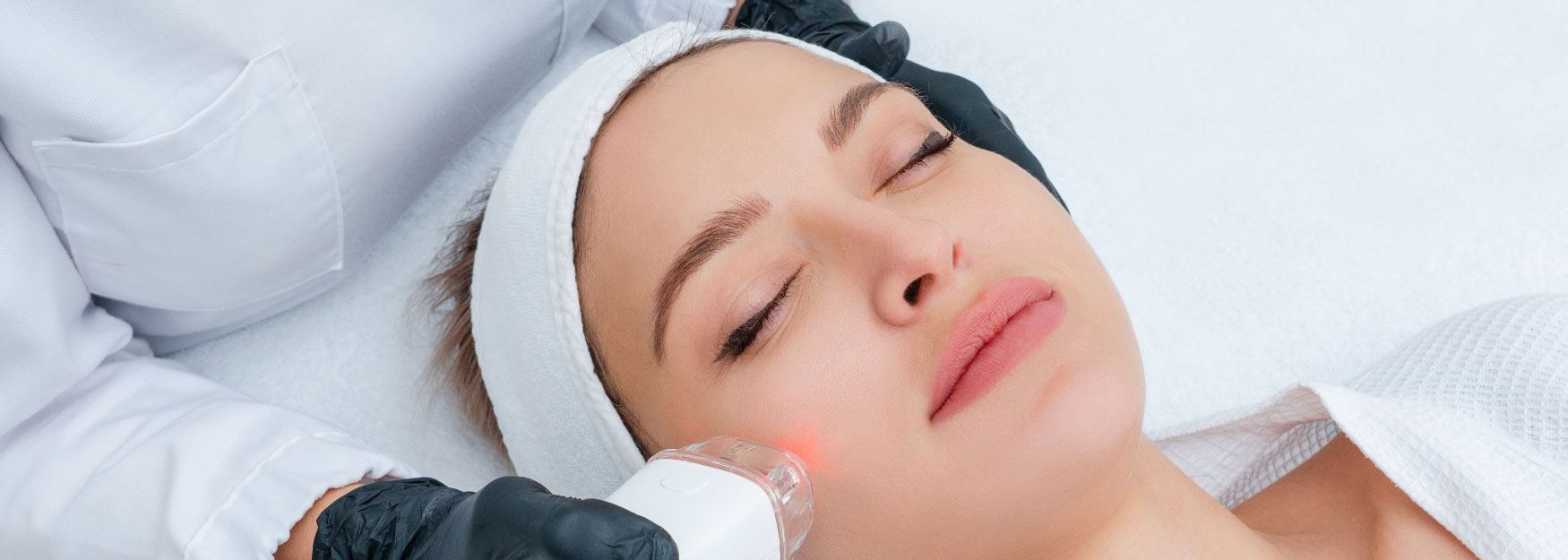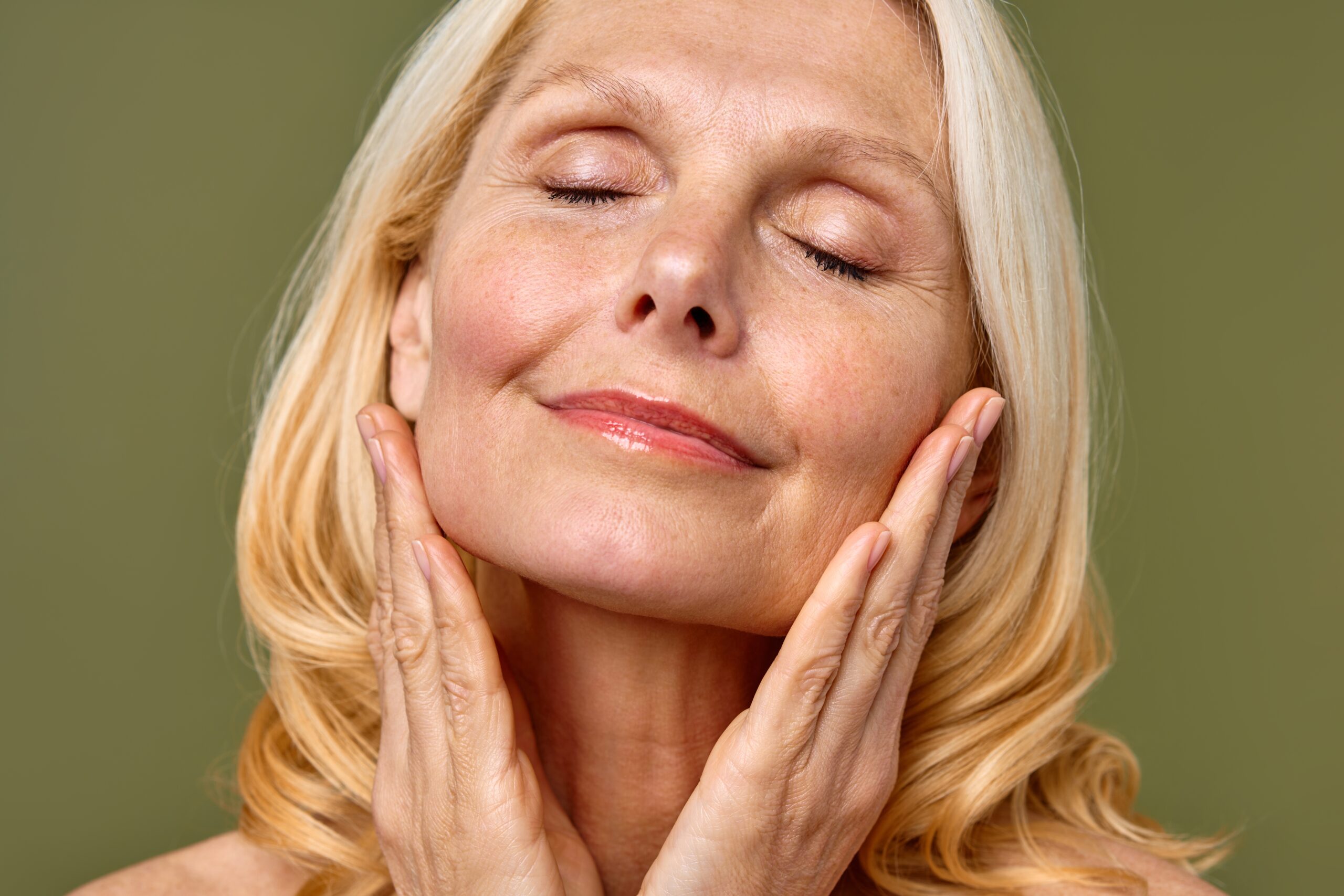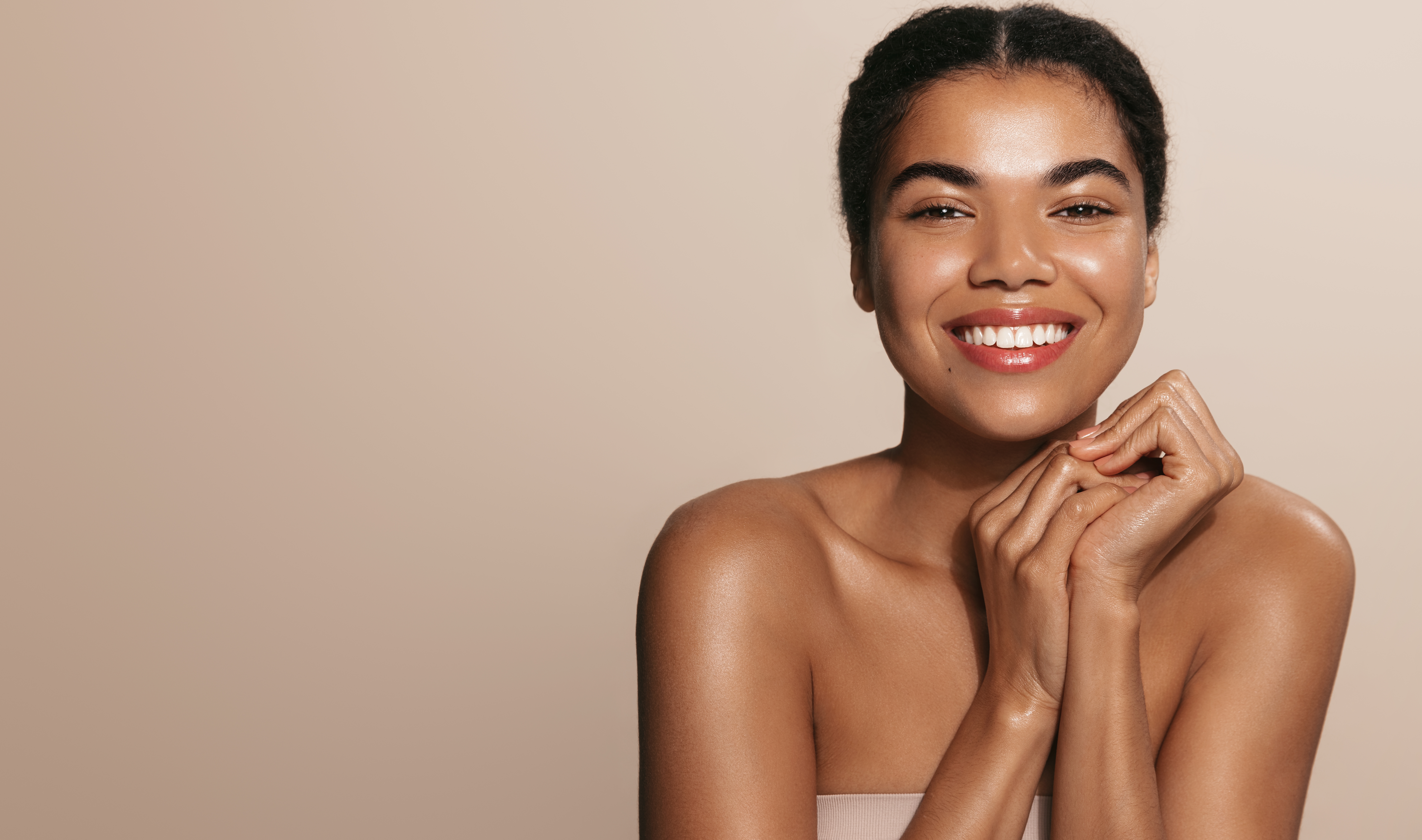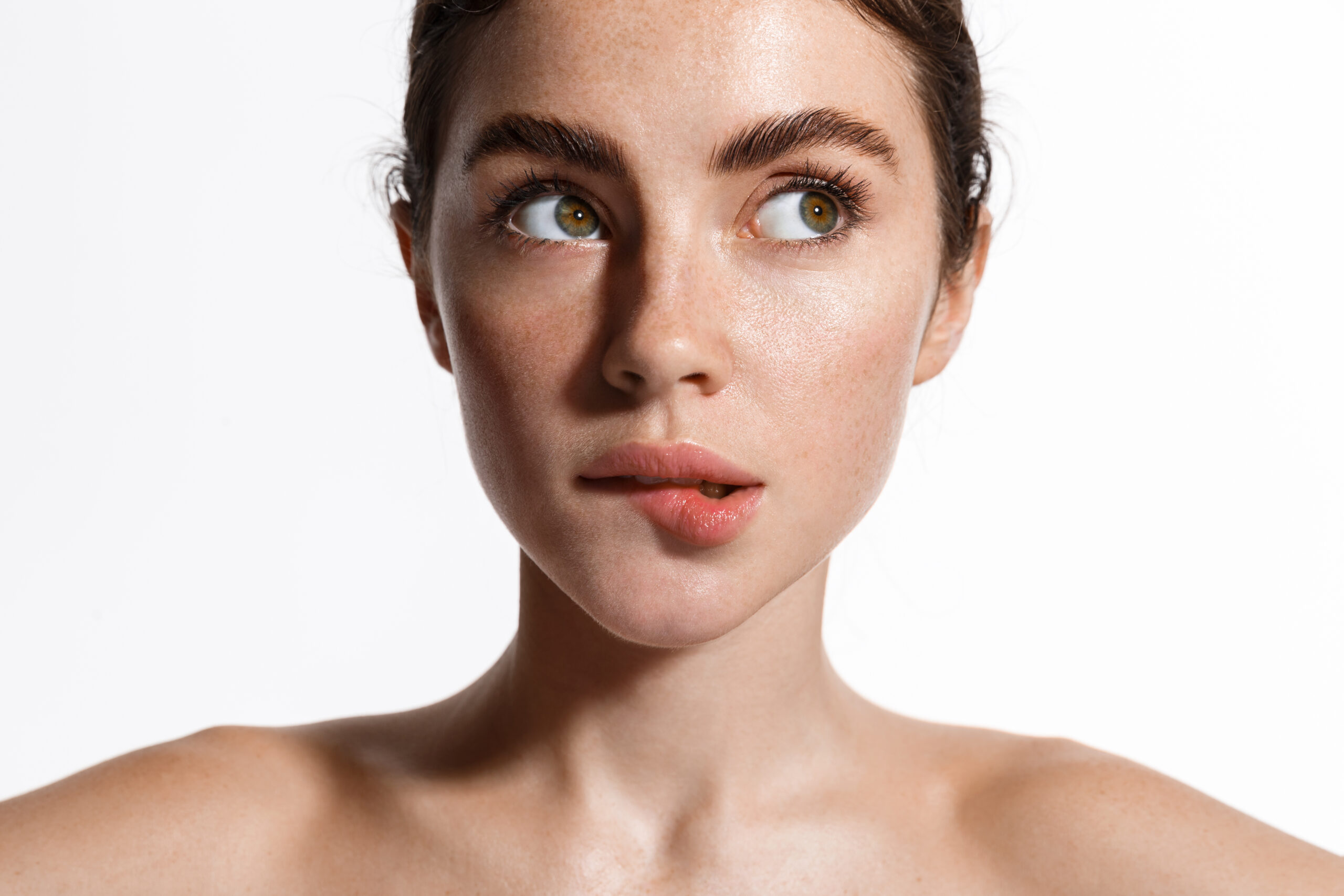
BHRC BLOG
Facials For Acne: Stop Breakouts And Regain Confidence Without Pills
You don’t need to take drugs and use expensive creams to treat acne. Facials have a powerful ability to reduce acne without harmful chemicals. And the science proves it!
Many people believe that acne and puberty go hand in hand – you can’t possibly have acne vulgaris as an adult, right? That couldn’t be further from the truth.
Researchers from the Journal of Clinical and Aesthetic Dermatology observed data from a questionnaire involving 208 ranging from 25 to 45 years of age and they found some shocking facts. The majority of the test subjects (80.3%) had visible facial lesions and that affected the women’s quality of life negatively – most notably it was related to depression, anxiety and even failure to properly concentrate on daily tasks (school, work etc.).
That’s why we’re going to focus on some methods for effectively dealing with acne in today’s post, and most notably we’ll take a look at facials for acne. First and foremost, let’s have a look at what a facial actually is.
What Are Facials for Acne and How Does it Work?
In essence, a facial is a face mask that aims to rejuvenate and cleanse the skin, while also improving blood circulation. Because facials exfoliate dead skin cells and cleanse your pores, your skin will look healthier as a direct result of that. Here at BHRC, we even offer soothing and relaxing facials so that both your mind and body can relax.
Now, a standard facial procedure will most likely include the following techniques:
- Cleansing: This method is utilized mainly for removing makeup and all kinds of dirt from the face, so that the aesthetician can asses the situation better and determine your skin’s current condition and its type.
- Exfoliation: This one is pretty self-explanatory – your aesthetician basically removes any dead skin from your face, either by using a scrub or a cream. Additionally, they might even open up your pores by using steam.
- Extractions: They are performed either by hand or by using a metal tool. The main idea is to clean up pores clogged with too much oil or dead skin individually, because this can result in the formation of blackheads and ultimately acne.
- Massage: That’s a typical maneuver and it betters the blood circulation of the facial region. And on top of that, it can improve lymphatic drainage.
Facials are actually a great way for keeping your skin revitalized and refreshed. This is especially important when it comes to acne as proper skin care is a vital part when it comes to dealing with acne vulgaris.
This is supported by scientific data, namely a 2013 study from the Journal of Clinical and Aesthetic Dermatology involving 91 patients with acne (mostly teens). They found that even a basic foaming skin cleanser or a moisturizer (with SPF30) can help with epidermal hydration and improve test subject’s acne in general. In fact, they measured a 5.71% increase in skin hydration at the end of the clinical trial (28 days).
So, in conclusion, it’s safe to assume that skin care is essential for effectively treating acne vulgaris, which may sometime even leave unpleasant marks on your face. This brings us to another subject:
Only 5% of All People with Acne Vulgaris Avoid Scaring. Here’s How They Did It
A study conducted by the Journal of Clinical and Aesthetic Dermatology found that 95% of people with acne vulgaris experienced scaring. Researchers state that severe acne can leave permanent scars and that can lead to bigger problems, psychological problems – lowered self-esteem and a generally reduced quality of life.
They also classified the 3 main types of scars that acne leaves:
- Icepick: Deeper than wide
- Boxcar: Wider than deep, with distinctive edges
- Rolling atrophic scars: Wide and shallow
Still, even if your scars are not permanent, they can take a long time to fully heal. That’s why facials for acne scars can help you speed up the recovery process. Here are some of the most common types of facial treatment used for acne-related scars:
- Spot treatments: Bleach creams can be utilized if there are certain zones in your face that require some attention. They are not applied to the whole face, just the place (spot) that needs to be taken care of. And these creams are OTC (over-the-counter) products so that means that you can buy the without a prescription.
- Vitamin E: This vitamin is a potent antioxidant and it helps to repair and rejuvenate the skin. You can get Vitamin E in many different forms, most notably in the form of capsules, liquids and creams. It can be applied to the entire face as well as to a single spot in order to speed up the recovery process.
- Pineapples: Even if it may sound weird, a pineapple facial may aid you in the battle against acne scars. It’s jam-packed with Vit C (an effective antioxidant), which helps the immune system and it also promotes tissue growth. Besides, ascorbic acid also offers a gentle exfoliating effect and it helps the acne scars fade away.
- Chemical peels: As it the name suggests, that type of peeling utilizes chemicals in order to remove layers of the acne scars, revealing new, healthy skin underneath. A study by the American Society for Dermatologic Surgery from 2015 suggests that chemical reconstruction can be very effective for treating acne scars as 53 adult patients applied TCA (trichloroacetic acid) focally every two weeks and more them 50% of them reported great results.
These are certainly one of the best facials for acne overall as well. And while your mom and dad probably told you to steer clear of zit-popping, it really is inevitable to have some acne scars if you went through a severe form of acne. Anyway, you should take something into consideration before giving facials a try:
What You Should Know About Post-Facial Breakouts – The Little-Known Facts
A lot of women are scared of facials, mainly because they’ve heard myths and legends about the infamous post-facial breakouts. However, the truth is that having a breakout after a facial treatment is a perfectly normal thing – in fact, it probably means that the facial procedure was sufficient.
The “why does my skin break out after a facial?” question can be answered in a simple way – because your body is detoxifying.
Since facials are a way of detoxification, it’s only logical that by the end of it, your body will release all the toxins and impurities through the skin. And as these toxins are being released through the skin, they might very well irritate it and cause it to breakout in pimples and rashes.
Your aesthetician will most likely be able to tell you if there’s anything to worry about. Just keep in mind that after this detoxifying procedure, your pores will be much clearer and this means that future breakouts will be less likely to occur.
Now, let’s answer another vital question:
How Often Should You Get a Facial if you Have Acne?
Definitely more often than women who have normal or dry skin, that’s for sure. Note that the skin is actually a living organ and it takes around 30 days for the cells to move up from the dermis to the epidermis (the surface), where they eventually die and are cast off.
When you have an acne-prone skin with blackheads and clogged pores, your best bet is to get a facial more than once a month. And as your skin calms down and becomes cleaner and healthier, there’s no problem to stretch out the facial sessions.
Here are some of the main factors to consider as to how often you should be getting facials:
- Your skin type: Your aesthetician can help you determine if your skin is normal, dry, oily or some sort of a combination. If your skin is less sensitive, then you can even have facials every two months or something. But if it’s oily and prone to acne, in this case once a month (or even more frequent than that) would be optimal.
- The condition of your skin: It can vary from dryness, dehydration, redness, blackheads etc. More frequent visits to your aesthetician would be logical if your skin has blackheads or even whiteheads.
- Your age: If you’re young, then you’ll logically need fewer facials, especially if you don’t suffer from acne or breakouts. However, as you grow older, you’ll need more frequent facials in order to properly stimulate the growth of collagen.
- Your available budget: Your skin deserves respect, so make sure to invest in high-quality facials and skin care.
- Where you live: If you live in a big city, the chances are that the air is polluted. This means one thing – your skin will be dirtier as a result of that and you’ll probably need to visit your aesthetician for facials more often.
Facials for Acne: A Remedy for Blotchy Skin Without Drugs
Obviously, acne is not only a teenage problem. As you already saw, it actually affects a significant number of adults as well. And while teens can shrug it off as just a part of their juvenile years, acne can have a very negative impact on grown-ups.
That’s why employing a reasonable tactic for dealing with acne vulgaris can improve the quality of your life. This is where facials come into play, as an efficient, modern and relaxing method for cleansing the facial skin and giving you a more youthful and healthier appearance.
Here at Beverly Hills Rejuvenation Center, we are always making sure that you can benefit from the best and most efficient facials. We believe that facials are not only great for your skin, but they are also a great relaxation tool.
Make sure to check out our Facials page for more info on what we have in store for you, and also if you have any additional questions or if you want to book a free consultation, please don’t hesitate to give us a call at 888-612-0120!
References:
Understanding the Burden of Adult Female Acne
Moisturizer SPF 30 in Patients with Acne Vulgaris Undergoing Active Treatment
Therapeutic response of 70% trichloroacetic acid CROSS in atrophic acne scars







